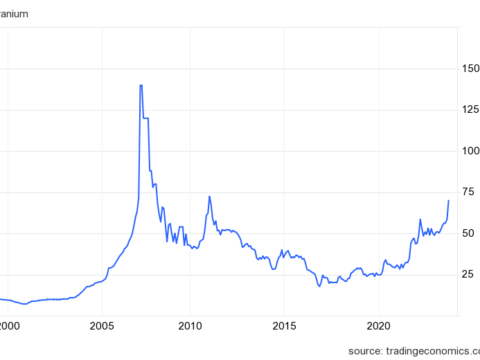How much will EVs reduce oil usage?
200M cars/light trucks (cars) are insured in the US in a year. Each car uses 10 barrels of oil per year. The US uses 2B barrels of oil per year for its car fleet.
The US uses 7.4B total barrels of oil per year. 27% of the oil it consume is used for cars.
1M EVs will be sold in US in 2023. 1M x 50% growth rate in annual sales: 1 + 1 + 1.5 + 2.3 + 3.5 + 5.1 + 7.6 + 11.4 = 33.4M total EVs on the road by the end of 2029. (Note the extra 1 at beginning of sequence represents total pre-2023 EV sales.)
BTW, total annual car sales in US about 15M. By 2030 over 76% of new car sales will be EV.
2M EVs on road in US by end of 2023. 2M x 10 barrels = 20M / 2B = 1% less oil for cars will be used in the US in 2023.
1 + 1 + 1.5 = 3.5M EVs in 2024
-35M barrels or 1.75% less oil
1 + 1 + 1.5 + 2.3 = 5.8M EVs in 2025
-58M barrels or 2.9% less oil
1 + 1 + 1.5 + 2.3 + 3.5 = 9.3M EVs in 2026
-93M barrels or 4.65% less oil
1 + 1 + 1.5 + 2.3 + 3.5 + 5.1 = 14.4M EVs in 2027
-144M barrels or 7.2% less oil
1 + 1 + 1.5 + 2.3 + 3.5 + 5.1 + 7.6 = 22M EVs in 2028
-220M barrels or 11% less oil
1 + 1 + 1.5 + 2.3 + 3.5 + 5.1 + 7.6 + 11.4 = 33.4M EVs in 2029
-334M barrels or 16.7% less oil
334M / 7.4B = 4.5% reduction of oil per year in US by 2030 due to EVs given other uses of oil remain constant.
About a quarter of oil is used for cars. By 2030 US total oil demand will decrease by about 4.5% per year.
We are going to need to do more than just transition to EVs. The US electrical generation by utilities was about 60% from fossil fuels in 2022 with 18% and 22% coming from nuclear and renewables. Heavy duty vehicles, industrial processes, construction and agriculture are all going to need to contribute to CO2 emissions reduction but the path is now being paved by EV adoption.
Note: Different countries have different trajectories. China is at about 22% for all new car sales, Norway 90%, UK 15%, US 7%, South Africa 1%. The US numbers aren’t perfect for extrapolation purposes, but they are likely decent. If US demand decreases 4.5% we can consider also applying that to global demand.
More Info to Ponder
A barrel of oil produces 1.7 MWh of energy.
36.5B (global oil use) x 1.7 = 62.05B MWh of energy is the renewables and nuclear capacity of energy that we need to build out ASAP. Reforestation and carbon capture should also be part of the solution.
“The science is clear about how to prevent increasingly dangerous and irreversible climate change impacts: Limit global temperature rise to 1.5 degrees C (2.7 degrees F), which means cutting GHG emissions in half by 2030 and reaching net-zero carbon dioxide (CO2) emissions by mid-century.” — Intergovernmental Panel on Climate Change in 2018
Estimates are for 2.3Q Kg of CO2 emissions in the Industrial era. The Industrial Revolution started around 1760.
The atmosphere has a mass of about 5.15×1018 Kg or 5,150Q Kg. 2.3 / 5,150 = 0.04%.
The atmosphere is now about 0.04% CO2, or 421 Parts Per Million. The pre-Industrial amount was about 280 ppm for a 50% increase in CO2 in the past 263 years. By 1900 CO2 concentration was at 291 ppm, 332 ppm in 1980, and 370 ppm in 1999. Geologically speaking this is a rapid change, giving evolution little time to work its magic
At this point we don’t know how much a 4.5% reduction in oil demand would decrease CO2 ppm concentrations. A barrel of oil releases about 426.1 Kg of CO2 emissions … you are welcome to take over the math from there 🙂
Nobody wants to use less energy so we better make the energy we use clean and renewable so our kids and grand-kids and all the flora, fauna and fungi offspring can enjoy this planet like we have. It is within our grasp. Invest accordingly.
Image: https://polycount.com/discussion/220503/ue4-abandoned-gas-station Artist, please advise if I should abandon using this image.





